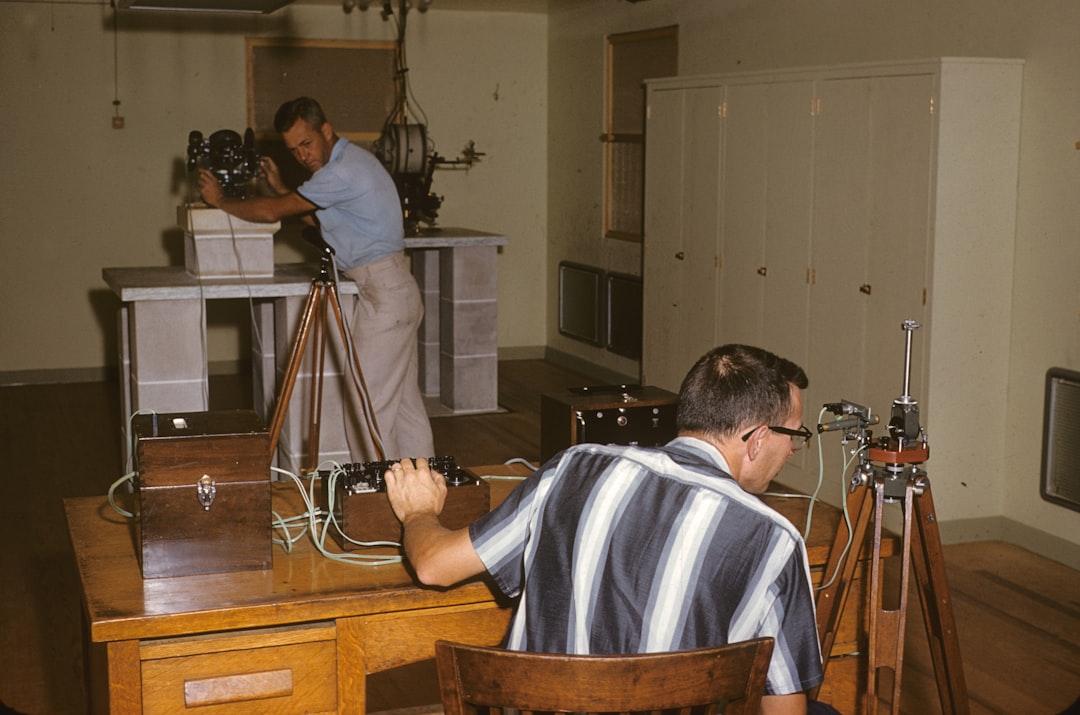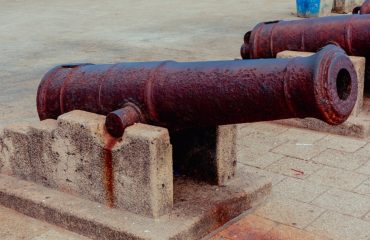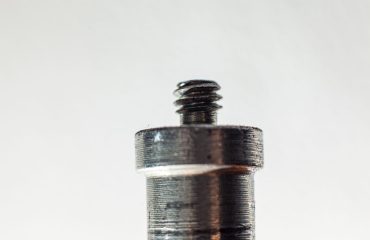Radiographic inspection (RT) is a crucial non-destructive testing (NDT) method used to detect internal flaws in pipes. This powerful technique utilizes penetrating radiation to create images revealing hidden defects, ensuring the integrity and safety of pipelines across various industries. This comprehensive guide delves into the intricacies of radiographic inspection in pipes, exploring its applications, techniques, advantages, limitations, and safety protocols.
Understanding the Principles of Radiographic Pipe Inspection
Radiographic inspection leverages the principle of radiation absorption. A source of ionizing radiation, typically X-rays or gamma rays, is directed through the pipe. The radiation passes through the pipe wall, and the intensity of the radiation reaching the film or detector on the other side varies depending on the density of the material. Denser areas, such as metal, absorb more radiation, resulting in darker areas on the radiograph. Conversely, areas with flaws or voids absorb less radiation, appearing lighter on the image. These variations in density reveal the presence, size, and location of internal defects such as cracks, corrosion, weld imperfections, and inclusions.
The type of radiation used depends on the thickness of the pipe wall. X-rays are suitable for thinner pipes, while gamma rays are employed for thicker walls due to their higher penetrating power. The radiographic image, or radiograph, is then carefully analyzed by a qualified technician to identify and assess any detected flaws.
Common Applications of Radiographic Pipe Inspection
Radiographic inspection finds widespread application across diverse industries where pipe integrity is paramount. Some key applications include:
- Oil and Gas Industry: Inspecting welds in pipelines transporting hydrocarbons, ensuring the safe containment of potentially hazardous materials.
- Chemical Processing: Evaluating the integrity of pipes carrying corrosive chemicals, preventing leaks and environmental contamination.
- Power Generation: Examining pipes in nuclear power plants and other power generation facilities, ensuring structural integrity and safety.
- Construction and Infrastructure: Inspecting pipes in buildings, bridges, and other structures, verifying the quality of welds and detecting potential weaknesses.
- Aerospace: Inspecting pipes and tubing in aircraft and spacecraft, ensuring the reliability and safety of critical systems.
The versatility of RT makes it a valuable tool for ensuring the safety and longevity of pipe systems in a multitude of applications.
Different Techniques in Radiographic Pipe Inspection
Several techniques are employed in radiographic pipe inspection, each optimized for specific situations and pipe geometries:
- Single-wall exposure: This technique exposes one side of the pipe wall at a time. It’s suitable for relatively thin-walled pipes where the radiation can easily penetrate.
- Double-wall exposure: This method involves exposing both pipe walls simultaneously. It’s ideal for thicker-walled pipes and allows for the detection of flaws on both inner and outer surfaces.
- Panoramic exposure: This technique is employed for long, continuous welds, providing a comprehensive radiographic image of the entire weld seam.
- Computed Radiography (CR): CR utilizes imaging plates that store the radiation information digitally. This allows for image enhancement and manipulation, improving the detection of subtle flaws.
- Digital Radiography (DR): DR uses a digital detector to capture the radiographic image directly, eliminating the need for film processing. This offers faster turnaround times and enhanced image quality.
The choice of technique depends on factors such as pipe diameter, wall thickness, accessibility, and the desired level of detail.
Advantages and Limitations of Radiographic Pipe Inspection
Radiographic inspection offers several significant advantages:
- High Sensitivity: RT can detect a wide range of internal flaws, even those very small in size.
- Permanent Record: Radiographs provide a permanent record of the inspection, allowing for future reference and analysis.
- Comprehensive Coverage: RT can inspect large areas of pipe efficiently, providing a detailed overview of its condition.
- Wide Applicability: The technique can be applied to various pipe materials and geometries.
However, some limitations exist:
- Safety Concerns: The use of ionizing radiation requires strict adherence to safety protocols to protect personnel.
- Cost: RT can be relatively expensive compared to other NDT methods.
- Accessibility: Access to the pipe may be limited in some situations, hindering the inspection process.
- Surface Flaws: RT is primarily effective for detecting internal flaws; surface flaws may be missed.
A thorough understanding of both advantages and limitations is crucial for effective implementation of RT in pipe inspection.
Safety Precautions in Radiographic Pipe Inspection
Safety is paramount when performing radiographic inspection. Strict adherence to safety protocols is essential to protect personnel from the harmful effects of ionizing radiation. Key safety measures include:
- Radiation Shielding: Appropriate shielding materials, such as lead, are used to protect personnel from radiation exposure.
- Distance: Maintaining a safe distance from the radiation source minimizes exposure.
- Time: Limiting the time spent near the radiation source reduces exposure.
- Personnel Monitoring: Dosimeters are worn by personnel to monitor radiation exposure levels.
- Training and Certification: Personnel involved in RT must receive proper training and certification to ensure safe and effective procedures.
- Regulatory Compliance: All procedures must comply with relevant safety regulations and standards.
By adhering to these safety protocols, the risks associated with radiographic inspection can be minimized, ensuring the safety of personnel and the integrity of the inspection process.
Radiographic inspection remains a vital tool for ensuring the integrity and safety of pipe systems. Understanding the principles, techniques, advantages, limitations, and safety procedures is crucial for its effective and safe implementation across various industries.




